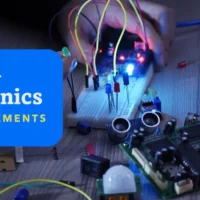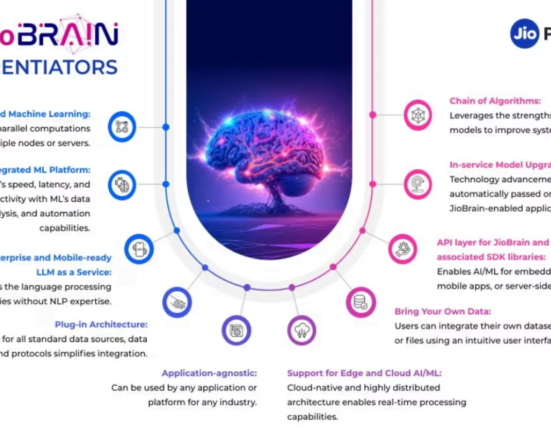Optimizing Power Quality: A Comprehensive Exploration of PWM Techniques for Harmonic Reduction in Power Electronics
- by Manish Kumar
- 3 February 2024
- 3 minutes read

Pulse Width Modulation (PWM) is a fundamental technique in power electronics that allows the regulation of voltage levels by adjusting the duration of pulses in the waveform. However, PWM also introduces harmonics, which are unwanted frequencies that can degrade the power quality and damage the devices. In this article, we explore various PWM methods that aim to reduce harmonic distortions and improve the efficiency and reliability of power electronic systems.
PWM Techniques for Harmonic Reduction in Power Electronics
- Sinusoidal PWM (SPWM) – A Foundation of Simplicity:
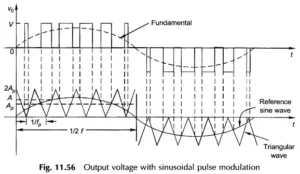
Sinusoidal PWM, or SPWM for short, is a basic but effective way to reduce harmonics. It works by creating a pulse sequence that resembles a sine wave by comparing a sinusoidal reference signal with a carrier signal. SPWM can eliminate low-order harmonics, but it may still have high-order harmonics in the output.
SPWM is a fundamental technique that paves the way for more advanced PWM methods. It is useful in various power electronics systems where simplicity and efficiency are important.
- Space Vector PWM (SVPWM) – Precision in Harmonic Minimization:
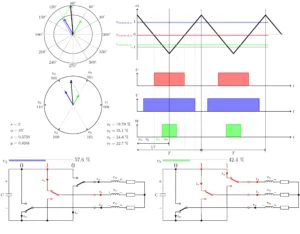
Space Vector PWM represents a significant advancement over SPWM, offering superior harmonic performance. This technique divides the reference voltage vector into smaller vectors and employs specific switching patterns to generate a resultant voltage with reduced harmonic content.
SVPWM is particularly prevalent in motor control applications due to its ability to minimize waveform distortion. Its precision in harmonic minimization makes it a preferred choice in scenarios where maintaining a high-quality power supply is critical.
- Selective Harmonic Elimination PWM (SHEPWM) – Targeted Harmonic Mitigation:
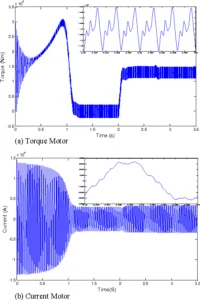
Selective Harmonic Elimination PWM (SHEPWM) introduces a strategic approach to harmonic reduction. By selecting appropriate switching angles, SHEPWM eliminates specific harmonics from the output voltage waveform, resulting in reduced distortion and improved power quality.
While SHEPWM offers targeted harmonic mitigation, its implementation is complex, requiring the solution of nonlinear transcendental equations. Nevertheless, the technique’s ability to tailor harmonic reduction makes it valuable in applications demanding precise control over harmonic content.
- Multilevel PWM – Elevating Harmonic Performance:
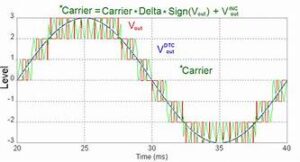
Multilevel PWM techniques, such as Neutral Point Clamped (NPC) and Cascaded H-Bridge (CHB) inverters, provide an alternative avenue for reducing harmonics. By incorporating multiple voltage levels in the output waveform, these techniques effectively minimize harmonic content, showcasing superior performance in terms of both total harmonic distortion (THD) and overall efficiency.
Multilevel PWM techniques are gaining prominence in high-power applications, contributing to cleaner power delivery while minimizing stress on power components.
- Hybrid PWM – Synergizing Strengths for Optimal Performance:
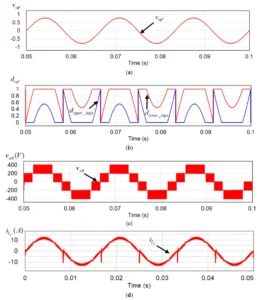
Hybrid PWM techniques combine elements from different PWM methodologies to capitalize on their individual strengths. By integrating features of SPWM and SVPWM, for instance, hybrid techniques achieve enhanced harmonic reduction without sacrificing simplicity and efficiency in control algorithms.
The versatility of hybrid PWM methods allows engineers to tailor solutions that strike a balance between complexity and performance, making them adaptable to a variety of applications.
- Random PWM – Dispersing Harmonic Energy:
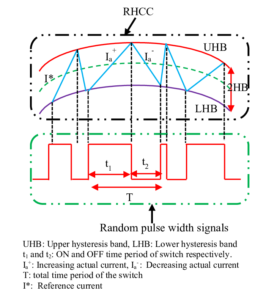
Random PWM introduces an element of unpredictability in switching patterns, dispersing harmonic energy across a broader frequency spectrum. This randomness aids in reducing the concentration of harmonic peaks at specific frequencies, contributing to a smoother and less distorted output waveform.
While unconventional, random PWM finds application in scenarios where spreading harmonic content over a wider range is beneficial, preventing resonance issues at specific frequencies.
- Advanced Control Algorithms – Real-time Adaptability:
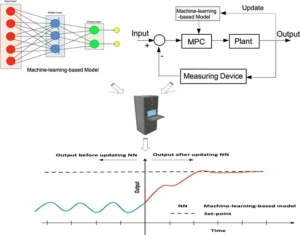
Utilizing advanced control algorithms such as Model Predictive Control (MPC) or AI-based control enhances the performance of PWM techniques. These algorithms optimize modulation strategies in real-time, adapting to varying operating conditions and load demands. This adaptability results in reduced harmonics and improved power quality, addressing the dynamic nature of modern power systems.
Conclusion:
Discover more from WireUnwired Research
Subscribe to get the latest posts sent to your email.





